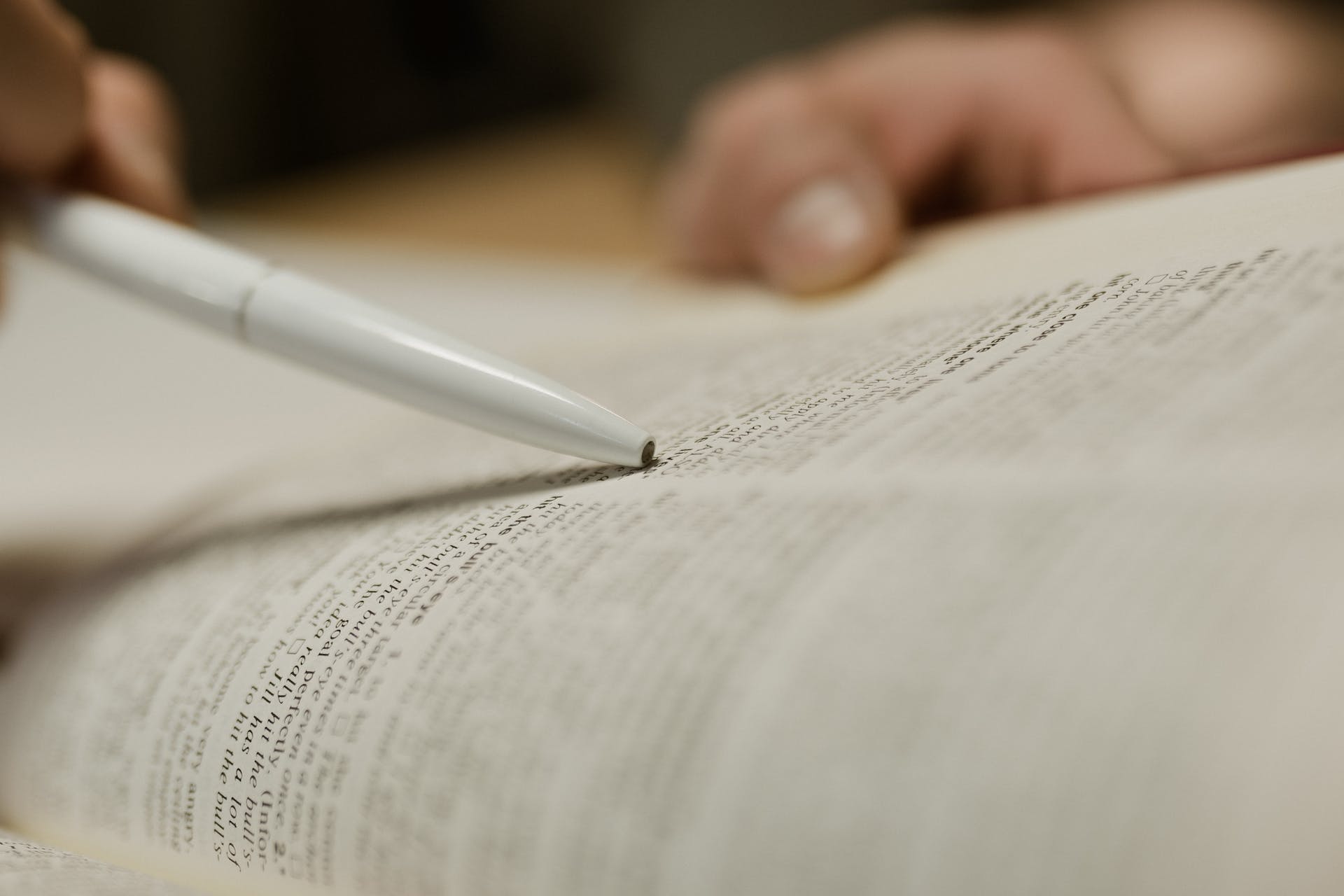
Introduction to Slip and Fall Accidents
Slip and fall accidents are among the most common causes of injuries, often resulting from hazardous conditions in various settings. Whether it’s a slippery grocery store floor or uneven sidewalk pavement, these accidents can lead to serious consequences for victims. Understanding the dynamics of slip and fall accidents is crucial for prevention and recourse.
Causes and Contributing Factors
Slip and fall accidents can occur due to various factors, including:
- Wet or Slippery Surfaces: Spills, leaks, or recently cleaned floors can create slippery conditions, increasing the risk of falls.
- Uneven Flooring or Pavement: Cracks, bumps, or uneven surfaces can catch individuals off guard, leading to trips and falls.
- Poor Lighting Conditions: Inadequate lighting can obscure hazards, making it difficult for individuals to spot dangers in their path.
- Obstacles and Clutter: Objects left in walkways or cluttered spaces can pose tripping hazards, especially in busy environments.
- Footwear and Personal Factors: Wearing improper footwear or distractions such as texting while walking can contribute to accidents.
- Weather Conditions: Ice, snow, or rain can create slippery surfaces outdoors, increasing the risk of falls during inclement weather.
Understanding the Impact of Slip and Fall Accidents
Slip and fall accidents can result in a wide range of injuries, including:
- Fractures: Broken bones, particularly wrists, arms, hips, and ankles, are common in slip and fall incidents.
- Head Injuries: Traumatic brain injuries, concussions, and skull fractures can occur when individuals strike their heads during falls.
- Soft Tissue Injuries: Sprains, strains, and ligament tears are prevalent, leading to pain and limited mobility.
- Spinal Cord Injuries: Severe falls can cause damage to the spinal cord, resulting in paralysis or long-term disability.
- Psychological Trauma: Fear, anxiety, and post-traumatic stress disorder (PTSD) may develop following a slip and fall accident, impacting mental well-being.
Prevention Strategies and Safety Measures
To reduce the risk of slip and fall accidents, proactive measures can be implemented, including:
- Proper Maintenance of Premises: Regular inspections and maintenance of floors, sidewalks, and stairs can prevent hazards from developing.
- Installation of Warning Signs and Barriers: Clear signage and barriers can alert individuals to potential dangers and guide them away from hazardous areas.
- Training and Awareness for Employees and Property Owners: Educating staff and property owners on hazard identification and mitigation can promote a safer environment.
- Importance of Footwear Selection: Encouraging appropriate footwear with slip-resistant soles can enhance traction and stability.
- Personal Vigilance and Awareness: Encouraging individuals to stay alert, watch their steps, and report hazards can prevent accidents.
Steps to Take After a Slip and Fall Accident
In the event of a slip and fall accident, it’s essential to take the following steps:
- Seeking Immediate Medical Attention: Prioritize medical care to address injuries and ensure proper incident documentation.
- Documenting the Scene and Gathering Evidence: Take photographs of the accident scene, including any hazards present, and collect witness statements if possible.
- Reporting the Incident to Relevant Authorities: Notify property owners, managers, or supervisors of the accident to initiate an official report.
- Consulting with Legal Professionals: Seek guidance from experienced slip and fall lawyers to understand your rights and explore legal options for compensation.
- Understanding Rights and Responsibilities: Familiarize yourself with your rights as an accident victim and your responsibilities in pursuing legal action.
Legal Considerations and Compensation
In slip and fall cases, legal considerations include:
- Liability: Determining liability involves assessing the negligence of property owners or managers in maintaining safe premises.
- Types of Compensation: Victims may be entitled to compensation for medical expenses, lost wages, pain and suffering, and other damages.
- Statute of Limitations: It’s essential to be aware of the statute of limitations for filing a slip and fall lawsuit, as delays can impact eligibility for compensation.
- Importance of Legal Representation: Consulting with experienced slip and fall lawyers can strengthen your case and maximize the likelihood of a favorable outcome.
Resources and Support for Victims
For individuals affected by slip and fall accidents, resources and support services include:
- Support Groups and Counseling Services: Access to counseling and peer support can assist in coping with physical and emotional trauma.
- Legal Aid Organizations: Nonprofit legal aid organizations assist individuals with limited financial resources seeking legal representation.
- Rehabilitation and Recovery Programs: Physical therapy and rehabilitation programs help individuals regain mobility and function following injuries.
Conclusion
Slip and fall accidents can have profound consequences for victims, ranging from physical injuries to financial burdens. By understanding the causes, impacts, and prevention strategies associated with these accidents, individuals can take proactive measures to protect themselves and seek recourse when needed. By prioritizing safety, awareness, and legal advocacy, we can strive to create safer environments and support those affected by slip and fall incidents.


